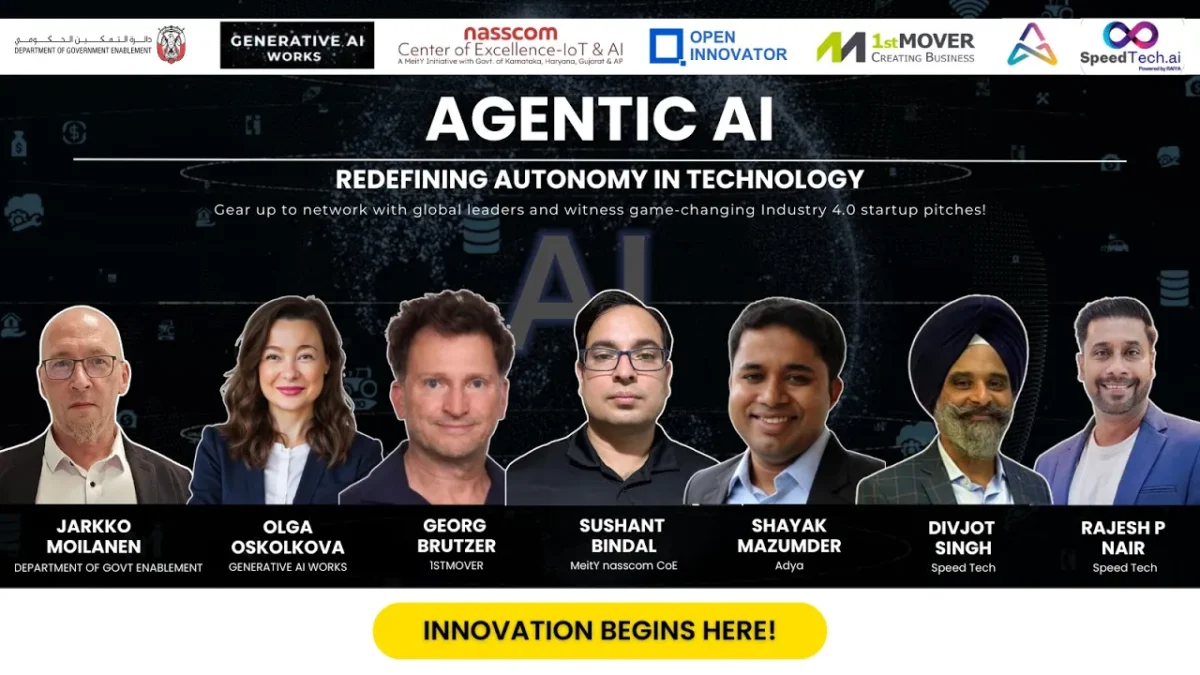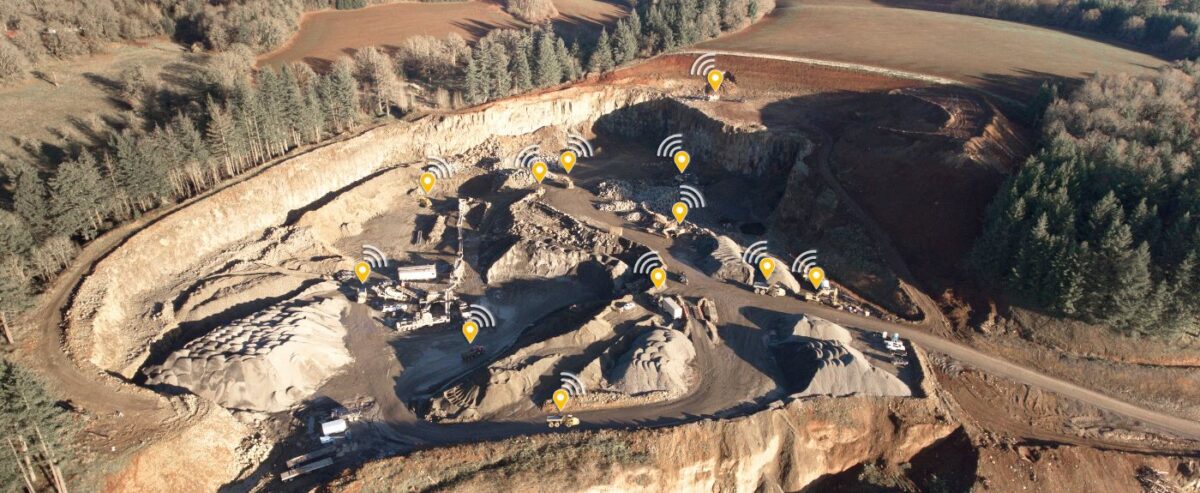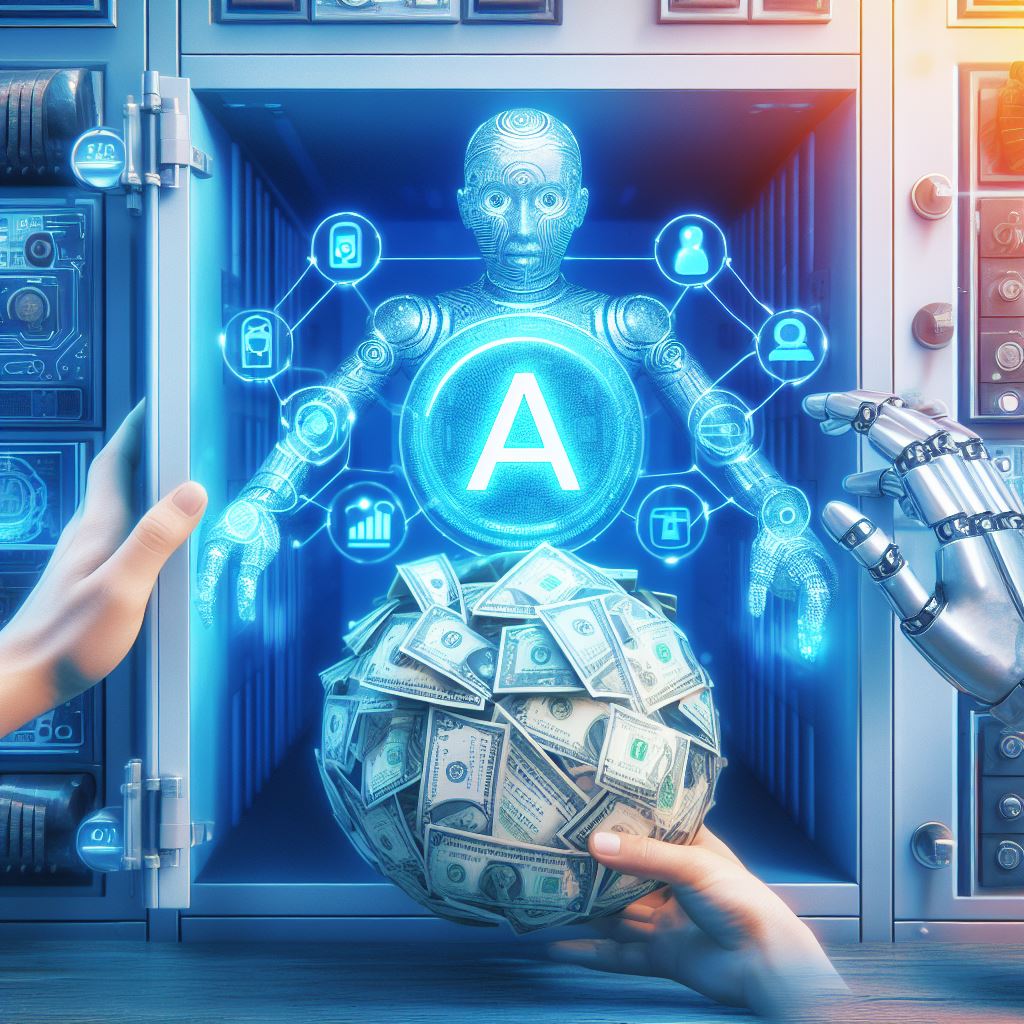As a world leader in mining and construction equipment, Caterpillar Inc. has a long history of developing cutting-edge technology that increase efficiency, production, and safety. The first two prototype Cat® 777C autonomous mining trucks were used at a limestone quarry in Texas more than thirty years ago, demonstrating Caterpillar’s inventiveness. Caterpillar’s continued leadership in autonomous fleet solutions was made possible by this early demonstration, which showed that autonomous operations could greatly improve safety and productivity. In this case study, we examine how Caterpillar has used artificial intelligence (AI) to revolutionize company operations, spur innovation, and provide consumers with better results.
AI at Caterpillar
By combining cutting-edge software with cloud computing, Caterpillar has transformed the way its engineers operate and significantly cut down on the amount of time needed to do challenging jobs. The company’s aggressive pursuit of AI to improve business outcomes demonstrates its dedication to technical innovation.
From product development and production to customer service and field operations, Caterpillar hopes to improve several facets of its business by utilizing AI. This transition is made possible by AI technologies like machine learning, deep learning, and generative AI (GenAI), which allow Caterpillar to process enormous volumes of data, mimic human cognitive processes, and make defensible judgments based on real-time insights.
Machine Learning and Beyond
A form of artificial intelligence called machine learning allows computers to learn from experience and make judgments or predictions just from data. Condition Monitoring at Caterpillar makes considerable use of machine learning. With the use of this technology package, Cat dealers may spot any problems with their equipment, suggest prompt maintenance or repair, and save expensive downtime. Caterpillar can ensure maximum performance and dependability by proactively addressing issues before they worsen by collecting data from the machines themselves.
The Condition Monitoring system, for example, gathers information on a number of variables, including vibration levels, oil pressure, and engine temperature. After then, machine learning algorithms examine this data to find trends and abnormalities that could point to a possible problem. By anticipating when a component is likely to fail and recommending preventative maintenance, the system lowers the chance of unplanned malfunctions and increases the equipment’s lifespan.
Generative AI
Another branch of artificial intelligence called generative AI may produce original text, pictures, and videos. For Caterpillar, this technology is a huge step forward since it enables computers to perform tedious and repetitive activities that would normally need human assistance. For instance, GenAI is used by Caterpillar engineers to swiftly retrieve useful answers from large volumes of proprietary data without requiring laborious manual searches.
The use of GenAI in the context of Condition Monitoring Advisors (CMAs) at Caterpillar is one noteworthy example. By examining incoming data, CMAs keep an eye on the condition of Cat-connected assets in the field. In the past, CMAs were required to do thorough studies, pull data from various systems, and provide suggestions to customers. CMAs now receive brief reports with automatically created and summarized data and a suggestion thanks to GenAI. The report can be reviewed by the CMA, who can then accept the recommendation and make any required changes. The time needed to prepare and provide suggestions is greatly decreased by this simplified procedure, improving accuracy and efficiency.
New Opportunities with AI
For Caterpillar, the use of AI technologies has created a lot of new options. “AI will revolutionize the way we interact with machines and design interfaces between systems,” says Jamie Engstrom, senior vice president of IT and chief information officer. It is both intriguing and rapidly evolving. Through programs like the Intelligent Automation Center of Excellence and a GenAI community of practice, where staff members may engage in AI use cases and remain up to date on the most recent advancements, Caterpillar is committed to fostering a secure environment for innovation.
The organization’s central location for investigating and putting AI-driven ideas into practice is the Intelligent Automation Center of Excellence. It brings together professionals from different fields to work together on projects that use AI to solve challenging issues, enhance workflows, and spur creativity. In contrast, Caterpillar stays at the vanguard of AI developments because to the GenAI community of practice, which encourages knowledge exchange and ongoing learning among staff members.
AI-Powered Solutions for Customers
Beyond its internal processes, Caterpillar uses AI to provide solutions that are centered on the needs of its customers. For example, in order to improve customer satisfaction and provide more value, the firm has incorporated AI into its product offerings. Using AI-powered diagnostics in Cat equipment is one such approach. These diagnostics systems employ machine learning algorithms to continuously assess the equipment’s condition and give operators useful information to maximize efficiency and avert any problems.
Customers may also remotely check the condition of their equipment with Caterpillar’s AI-powered Condition Monitoring system. Through the use of artificial intelligence (AI), the system gathers data from sensors built into the machinery and analyzes it to give clients up-to-date information on performance metrics, maintenance requirements, and equipment health. Customers benefit from this proactive strategy by minimizing downtime, lowering maintenance expenses, and increasing overall operational efficiency.
Transforming the Manufacturing Process
AI is also transforming Caterpillar’s manufacturing process, making it more efficient and agile. By integrating AI into production lines, Caterpillar can optimize workflows, reduce waste, and improve product quality. For example, AI-powered predictive maintenance systems monitor the condition of manufacturing equipment, predicting when maintenance is needed to prevent breakdowns and ensure smooth operations.
Furthermore, AI-driven quality control systems use computer vision and machine learning to inspect products for defects. These systems can identify imperfections with greater accuracy and speed compared to traditional manual inspections, ensuring that only high-quality products reach the market. This not only enhances customer satisfaction but also reduces the cost associated with rework and returns.
Enhancing Safety with AI
At Caterpillar, safety comes first, and artificial intelligence is essential to improving worker safety. AI-powered safety systems keep an eye on the workplace and spot any risks by using real-time data from cameras and sensors. AI systems, for instance, may examine video footage to identify risky activities like employees accessing prohibited areas or failing to wear safety gear. The system may notify managers of any safety concerns and take appropriate action to avert mishaps.
AI-enabled autonomous vehicles in mining operations are capable of navigating challenging terrain and carrying out duties without the need for human involvement. These cars can make judgments in real time by processing data from sensors, cameras, and GPS systems using AI algorithms. Autonomous vehicles retain high production levels while greatly improving safety by eliminating the requirement for human presence in dangerous locations.
AI and Sustainability
AI is a crucial component in enabling Caterpillar’s aim to create a more sustainable future. AI assists Caterpillar in lowering its environmental impact and advancing sustainable practices by streamlining processes and increasing productivity. AI-powered energy management systems, for example, may track and regulate energy use in factories, finding ways to cut back on consumption and greenhouse gas emissions.
Additionally, AI-driven predictive maintenance prolongs equipment lifespan and minimizes waste by reducing the need for frequent part replacements and repairs. AI also contributes to lower fuel consumption and emissions in mining and construction activities by guaranteeing that machinery runs as efficiently as possible.
The Future of AI at Caterpillar
With its constant dedication to AI and digital innovation, Caterpillar is well-positioned to maintain its position as the industry leader in the adoption of cutting-edge technology. Caterpillar aims to fully utilize AI to revolutionize its company and provide clients with better results by emphasizing customer-centric solutions and continuous development.
Source: Embracing AI in Construction Technology | Cat | Caterpillar










